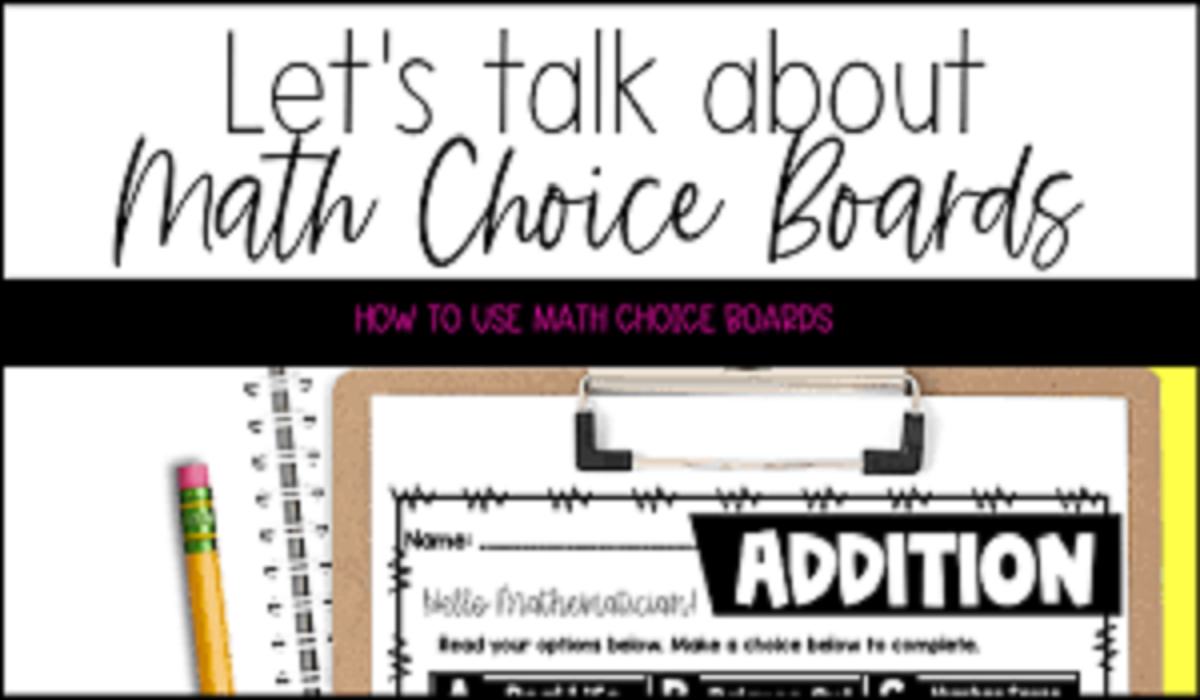Benefits of Using Choice Boards in Math
Choice boards are a valuable instructional tool in the field of education, including math. They offer students a sense of autonomy and the opportunity to make decisions about their learning. Which can be particularly beneficial in a math classroom.
Here are some benefits of using choice boards in math education:
- Differentiated Learning: Choice boards allow for differentiation by offering a variety of activities or tasks with varying levels of difficulty. This enables teachers to cater to the diverse needs and abilities of their students.
- Personalized Learning: Students can choose activities that align with their interests and learning styles. And skill levels, promoting a more personalized learning experience.
- Increased Engagement: Choice boards make learning math more engaging and enjoyable. Students are more likely to be motivated when they have a say in what they learn and how they learn it.
- Ownership of Learning: When students select their tasks from a choice board, they take ownership of their learning. Which can lead to a greater sense of responsibility and pride in their accomplishments.
- Problem-Solving Skills: Choice boards can include tasks that require students to solve real-world math problems, fostering critical thinking and problem-solving skills.
- Self-Regulation: By choosing their activities, students develop self-regulation skills as they plan and manage their time and resources.
- Variety of Learning Styles: Choice boards can include a range of activities, such as hands-on tasks, digital resources, group projects, or independent work. Allowing students to choose the format that best suits their learning style.
More here…
- Flexibility: Teachers can adapt choice boards to fit specific math topics, standards, or learning objectives. This flexibility makes them a versatile tool for different classroom situations.
- Differentiated Assessment: Teachers can use the choice board as a means of assessing students’ math skills and knowledge, as they can create tasks that demonstrate understanding in various ways.
- Collaboration: Some choice board options can involve collaborative activities, promoting teamwork and communication skills in math.
- Creativity: Choice board often include open-ended tasks that encourage creativity and innovation in math problem-solving.
- Improved Motivation: When students are engaged in the tasks they have chosen, they are more likely to stay motivated and complete assignments with enthusiasm.
- Autonomy and Independence: Choice boards encourage students to make decisions and problem-solve independently, preparing them for more autonomous learning in the future.
- Scaffolding Learning: Teachers can use the choice board to gradually scaffold math skills, allowing students to choose tasks that align with their current level and gradually progress to more complex challenges.
Summary
In summary, choice boards in math education offer numerous benefits. Including personalization, engagement, and the development of important skills. They empower students to take control of their learning while providing teachers with a Flexible Tool to cater to individual student needs and learning goals.
